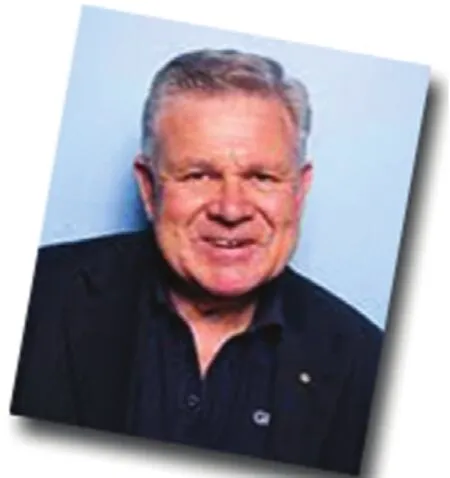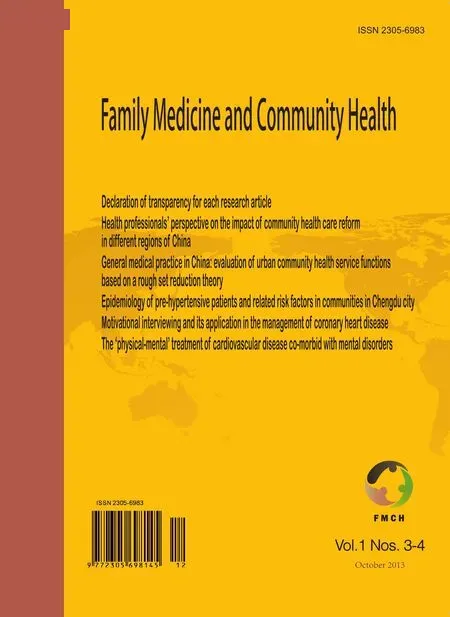Head injury in a 62-year-old man affected by alcohol
John Murtagh
Head injury in a 62-year-old man affected by alcohol
John Murtagh
History
A 62-year-old man was brought to the emergency room by his friends because he was intoxicated from alcohol and had sustained injuries from a fall on the footpath. Prior to this, he had been argumentative and had a fight with two younger men. According to his friends, he was a very pleasant and clever public servant, but had a history of binge drinking of beer and spirits. They were particularly concerned about him since he had become uncharacteristically confused and unable to walk normally.
About 1 h previously, and soon after his fall, he had been conversing with them and seemed well-oriented, but gradually became irritable, confused, and disoriented.
Examination
On examination he looked ill, had superficial injuries, and smelled of alcohol. His speech was incoherent, slurred and garbled. He had lacerations to the scalp, and bruises on the left side of the head, neck, and both arms.
His vital signs were as follows: pulse, 64 beats/min and regular; blood pressure, 140/90 mmHg; and respiratory rate, 14 breaths/min. It was not possible to perform a mental status examination. He would not respond to verbal commands, including opening his eyes. He mumbled inappropriate words in response to shouting in his ear. In response to painful stimuli (digital pressure over the supraorbital ridge), he opened his eyes and withdrew from the pain.
Questions
1. What particular conditions in this man would you be most concerned about?
2. In objective assessment of his conscious state, what would be your description of:
a. the classification according to the five conscious levels?
b. the Glasgow coma scale (if applicable)?
3. What investigations would you consider?
Answers
1. You should be concerned about an intracranial space-occupying lesion, such as an extradural hematoma (in particular) or a subdural hematoma.
2a. The simplified classification of conscious levels is consciousness (awake), clouded consciousness (confused), stupor (responds to shake and shout), semi-comatose (responds to pain), and coma (unresponsive). The patient is level 4 (semi-comatose).
2b. The Glasgow coma scale (15-3) has three criteria, as follows:
• eye opening (4-1); the patient scored a 2 (eyes open to pain)
• verbal response (5-1); the patient scored a 3 (inappropriate words)
• motor response (6-1); the patient scored a 3 (withdraws from painful stimuli)
The total Glasgow coma score for the patient was 8/15, which requires close monitoring.
Note: Readers may use another and perhaps better coma assessment scale
3. Investigations to consider include
• imaging: computed tomography (CT) scan or magnetic resonance imaging (MRI) (plain X-ray if CT or MRI are unavailable)
• blood glucose and alcohol levels• pulse oximetry
• urine drug screen
Further clinical details
The patient was placed under careful observation. Within 30 min, the observing nurse reported that he was now making incomprehensible sounds and there was minimal response to painful stimuli. Examination of the eyes revealed a constricted pupil on the left side. The vital signs were as follows: pulse, 55 beats/min; blood pressure, 160/100 mmHg; and respiratory rate, 9 breaths/min.
Further question
What would be the most appropriate course of action?
Answer to further question
The patient clearly has a space-occupying mass in his skull, probably an acute extradural hematoma, which demands decompression with surgical drainage as a life-saving procedure. This is achieved via a burr hole at the location of the trauma. Immediate referral to an emergency surgical center is mandatory, assuming that you do not have the necessary skills and equipment to perform this procedure.
Conflict of interest
The author declares no conflict of interests.

John Murtagh
Drawn from over 30 years of experience as a general practitioner, Professor Murtagh provides engaging authentic cases from clinical practice, providing valuable insights and drawing attention to the common mistakes and problems that general practitioners can encounter.
Here is a case from John Murtagh’sGeneral Practice Companion Handbook.
John Murtagh
Department of General Practice, Faculty of Medicine, Nursing and Health Sciences, Monash University, Victoria 3165, Australia
E-mail: john.murtagh@monash. edu
 Family Medicine and Community Health2013年3期
Family Medicine and Community Health2013年3期
- Family Medicine and Community Health的其它文章
- INSTRUCTIONS FOR AUTHORS
- The ‘physical-mental’ treatment of cardiovascular disease co-morbid with mental disorders
- Optimal incentive mechanism for dual referral based on the analytic hierarchy process
- Performance evaluation indicator system for the implementation of essential drug system in community health service institutions
- Epidemiology of community pre-hypertensive patients and related risk factors in Chengdu city
- General medical practice in China: evaluation of urban community health care service functions based on a rough set reduction theory
